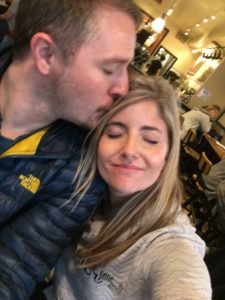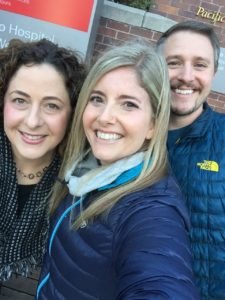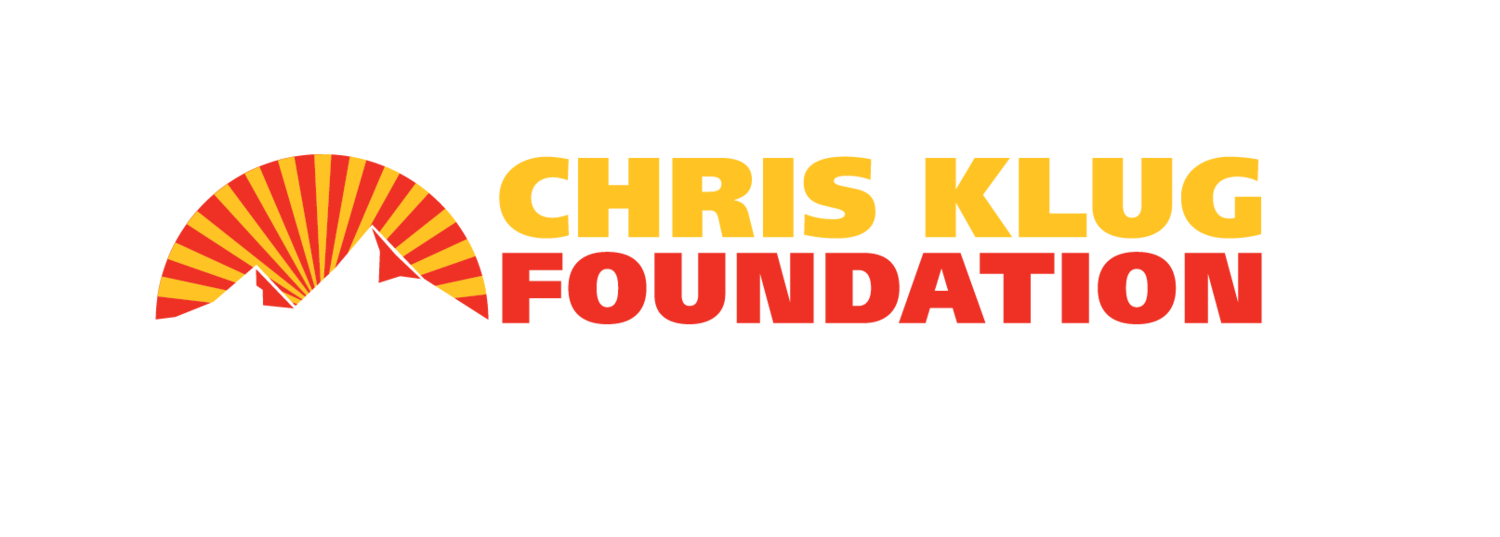The Process
It takes patience, determination, organization and the will to survive to go through the process of getting on the liver transplant list and then waiting for a transplant. I’m in the trenches right now and telling myself that all of the work I’m putting into this will lead to healthier days. I know it will all pay off when I receive a second chance for a better quality of life. I have primary sclerosing cholangitis (PSC) and need a new liver. I’m currently working my way down a checklist from CA Pacific Medical Center (CPMC) to become active on their transplant waiting list.
 So far, my husband, Noah, and I have made several trips to CPMC, which is around two-and-a-half hours from our home in Northern California, for appointments, tests,and a procedure. It started in February 2018 with a two-day liver transplant evaluation. A lot was accomplished during these two days, including lab work, extensive heart testing, a financial consultation, a liver transplant evaluation class, a nephrology consultation, a meeting with social services, a consultation with a liver transplant surgeon, and an appointment with a cardiologist.
So far, my husband, Noah, and I have made several trips to CPMC, which is around two-and-a-half hours from our home in Northern California, for appointments, tests,and a procedure. It started in February 2018 with a two-day liver transplant evaluation. A lot was accomplished during these two days, including lab work, extensive heart testing, a financial consultation, a liver transplant evaluation class, a nephrology consultation, a meeting with social services, a consultation with a liver transplant surgeon, and an appointment with a cardiologist.
Following all of these appointments in February, the CPMC transplant team came together and agreed that I am sick enough to need a liver transplant and well enough to endure the surgery. I was added to the national waitlist on March 6, 2018. CPMC then mailed me a checklist with requirements that need to be completed before I can become “active” on the United Network for Organ Sharing (UNOS) waitlist.
The requirements include: scheduling a follow-up appointment with my hepatologist within three months, attend a High Model for End-Stage Liver Disease (MELD) education class, attend a transplant support group, have a consult with their nutritionist, obtain lab tests every three months, get an MRI/MRCP every six months, confirm I received my annual flu shot, confirm I’m current on my pneumonia shot, get a Hepatitis A shot, get a Hepatitis B shot, get an ultrasound and GFR Nuclear Med study of my transplanted kidney, and have a cardiac loop recorder implanted. After reading this checklist, it seemed quite daunting. However, I’ve been working my way down the list and happy to say that I only have one more item left to complete: the High MELD education class.
Last Thursday Noah and I had a full day at CPMC completing some of these requirements. We had an educational meeting with the nutritionist, attended a support group meeting and I got a loop recorder implanted in my chest. These kinds of days are emotionally taxing. I think they would feel long and challenging for a healthy person, let alone someone who is already sick and tired. There is so much information being given in a short amount of time, with tasks of things we should do and/or adjust with our health, that it can all feel quite overwhelming.
My big takeaways from seeing the nutritionist is that I need to greatly increase my protein intake and add more calcium into my diet. We received a lot of paperwork and suggestions and will do the best I can to incorporate the advice we received into my diet. Right now, the main focus is to get as healthy as possible for transplant. That includes what I’m eating, getting plenty of rest and some physical activity.
 Having received a kidney transplant over 15 years ago, I’m fortunate to be headed into receiving a liver transplant with a wealth of post-transplant life knowledge. I’m also blessed to have an incredible circle of support. With all of this said, I didn’t know what to expect by attending a liver transplant support group. Would I just sit and listen or wind up sharing anything? Would it be a lot of people talking about all of the challenges they’ve endured? Would it be inspirational or scary? We all handle hardships differently and I had no idea what this support group would be like. Noah and I walked into the meeting room and there were only three people there. A social worker and two older women. We sat down and all had a very nice and casual hour-long conversation. One woman was 72 and received her liver 10 years ago. She had been very sick and on the waitlist for over three years. Hearing about her struggles as her liver function continued to decline made me want to get a new, healthy liver asap. The other woman was 75 and received her liver 26 years ago. We wound up really enjoying attending the support group and it was better than I thought it would be and I’m happy to share that I left with some hope.
Having received a kidney transplant over 15 years ago, I’m fortunate to be headed into receiving a liver transplant with a wealth of post-transplant life knowledge. I’m also blessed to have an incredible circle of support. With all of this said, I didn’t know what to expect by attending a liver transplant support group. Would I just sit and listen or wind up sharing anything? Would it be a lot of people talking about all of the challenges they’ve endured? Would it be inspirational or scary? We all handle hardships differently and I had no idea what this support group would be like. Noah and I walked into the meeting room and there were only three people there. A social worker and two older women. We sat down and all had a very nice and casual hour-long conversation. One woman was 72 and received her liver 10 years ago. She had been very sick and on the waitlist for over three years. Hearing about her struggles as her liver function continued to decline made me want to get a new, healthy liver asap. The other woman was 75 and received her liver 26 years ago. We wound up really enjoying attending the support group and it was better than I thought it would be and I’m happy to share that I left with some hope.

After this, I got a cardiac loop recorder implanted in my chest. This is a heart recording device that is implanted in the body underneath the chest skin. This device looks for causes of fainting, palpitations, very fast or slow heartbeats and hidden rhythms that can cause strokes. The cardiologist wanted this done to make sure the dizzy spells that I have aren’t connected to arrhythmias and to make sure my heart is strong enough for major surgery. I’ve had dizzy episodes since my kidneys were removed over 15 years ago. My nephrologist believes it is connected to the bilateral nephrectomy because when this surgery is done, what helps to regulate our blood pressure is cut. So, they believe my dizzy spells are connected to blood pressure regulation versus a heart issue, but it’s important to make sure before I have surgery.
Receiving the gift of life doesn’t just happen, it is a process and a joint effort. It takes a selfless human being to say yes to organ donation and it takes a lot of work, coordination and effort from the patient and their support system and healthcare team. At the end of the day, it is worth it. Life is worth fighting for and a second chance is worth fighting for. Throughout this transplant journey and limbo phase in our lives, it is important for us to find the positive, search for the glimmer of hope, see the light at the end of the tunnel, and make sure we are still enjoying every day as much as we can. Waiting for a liver transplant is a unique space to be in. With working on being listed at two different transplant centers, Noah and I often say that we are preparing and planning for a huge life event to come, in which we don’t know when or where it will happen. Another positive takeaway from last week’s trip to CPMC was sitting across the table from two liver transplant recipients in their 70’s. It gave me hope that I, too, have a chance of living a long life and growing old with Noah. So, I’ll continue to fight and hope that someday I’ll be sitting in that very same support group, in my 70’s, with Noah, encouraging a young woman like myself that she will be ok.
What lessons did you learn while enduring the process of getting listed and waiting for a transplant?
